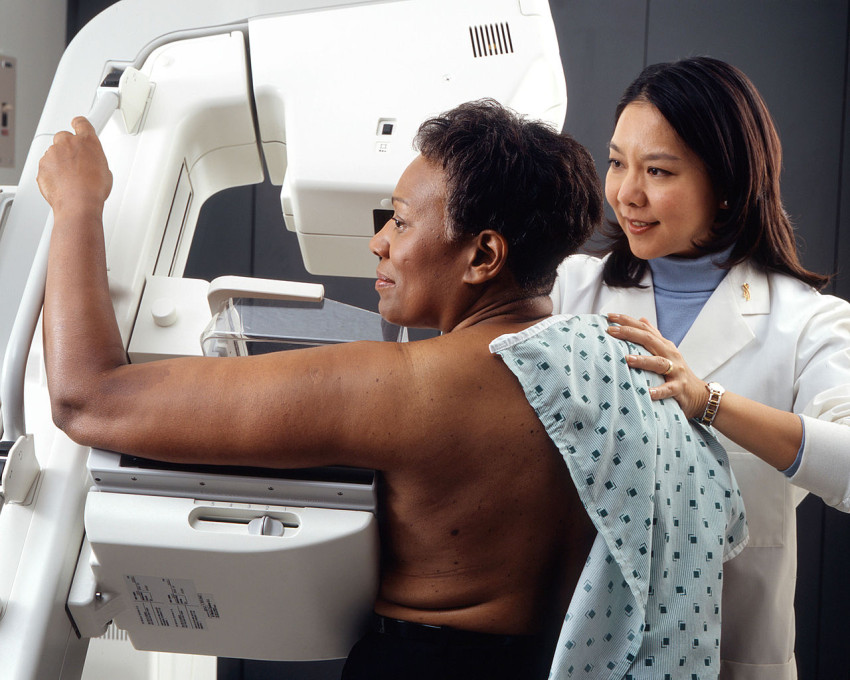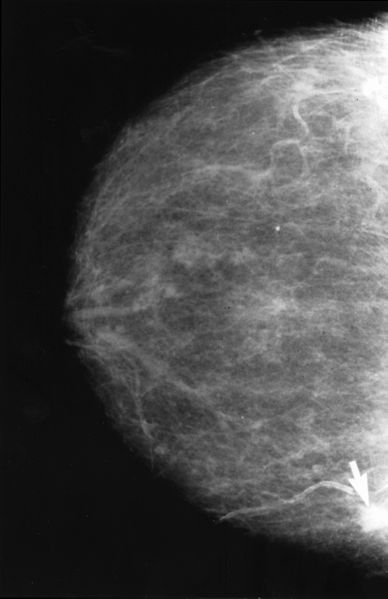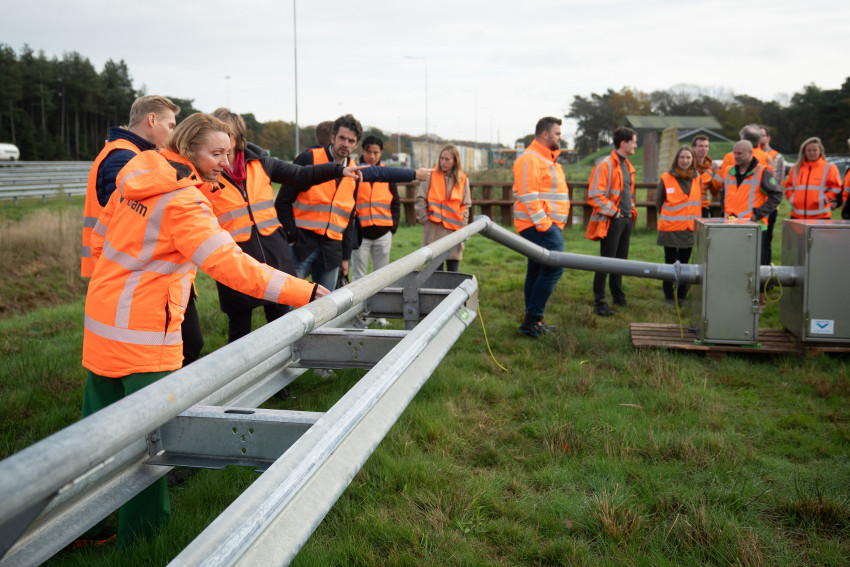
Computer equals doctor in detecting breast cancer
An algorithm has proved it can assess the risk of breast cancer in women just as effectively as an experienced doctor. A new study shows that a trained computer program can reliably recognise risky mammary tissue, something that normally includes a degree of guesswork for doctors.
This makes breast cancer yet another illness in which computers can compete with and even outperform the medical profession. Heart attacks and autism, for example, are already more effectively predicted by a computer than by a doctor, as are many forms of cancer.
DENSE TISSUE
Tumours are often discovered too late, even by computers. After all, there is little to be seen in the early stages of their development. However, there is an indication which alerts doctors to breast cancer: the amount of dense mammary tissue. This is the tissue in the breast that is not fat, such as mammary glands. Firstly, there would seem to be a link between dense tissue and the development of cancer. Secondly, such dense tissue makes any tumours less easily visible on a mammogram.

Reason enough for doctors to make a good assessment of the amount of dense tissue. Using a mammogram, they attempt to locate dense tissue, though this is not always clear, as discolourations on the scan can also be caused by something else. They therefore combine the imaging results with knowledge of the age and lifestyle of the woman undergoing the scan.
LEARNING FROM THE PAST
The algorithm in this study (Volpara, a commercial image recognition program) does exactly the same. By learning from the past about which circumstances and images indicate overly dense tissue, the computer can also analyse new patients. Based on the mammogram and the clinical data, the software can assess the risk of breast cancer. And it apparently does so just as effectively as a doctor.
The researchers studied more than 6500 women over an eight-year period. The computer was able to compete with the doctors in terms of assessing the amount of dense tissue, with only a few percent deviation in accuracy.
COSTLY TIME
An algorithm that can accurately assess someone's risk of developing cancer is much needed. Doctors have a busy schedule after all, and the analysis of mammograms of healthy people takes up costly time. If a computer can function as an initial filter and only refer risk cases to the doctor, this will boost the efficiency of healthcare.
Opening image: National Cancer Institute
If you found this article interesting, subscribe for free to our weekly newsletter!







